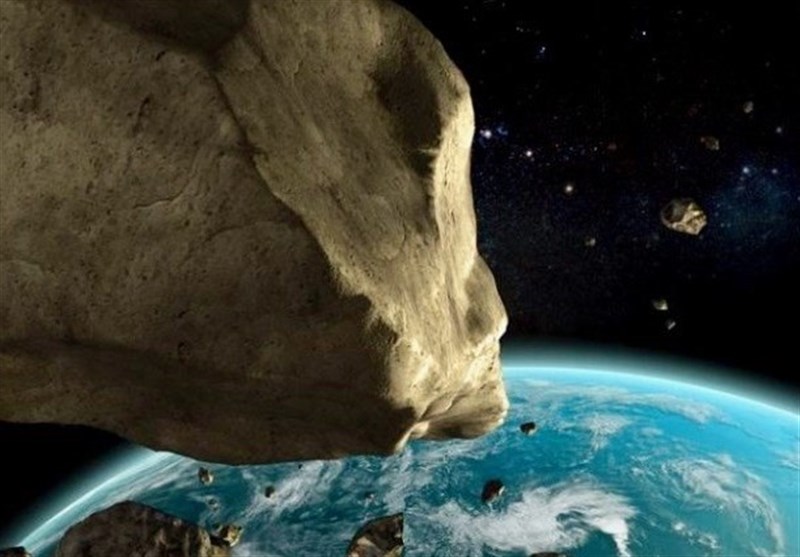Asteroid That Killed Off Dinosaurs Likely Hit in Northern Hemisphere’s Spring
TEHRAN (Tasnim) – Scientists said recently that fish fossils in the US state of North Dakota are providing a deeper understanding of one of the worst days in the history of life on Earth.
On a spring day 66 million years ago, an asteroid 12 kilometers wide hit Mexico's Yucatan Peninsula, leading to an extinction that killed off about three-quarters of Earth's species, including the dinosaurs. The event made the way for mammals to become dominant.
The researchers determined that it was springtime in the northern hemisphere at the fossil site called the Tanis deposit when the asteroid hit.
They based their study on bones from three paddlefishes that died within about 30 minutes of the impact that happened 3500 kilometers away.
Researchers found evidence of melted material in the gills – the part of the body fish use for breathing. The Tanis fossils also indicated that a huge standing wave of water buried local creatures alive.
"Every living thing in Tanis on that day saw nothing coming and was killed almost instantaneously," said Melanie During of Uppsala University in Sweden. She is the lead writer of the research that was published in Nature.
During compared the fossils at Tanis to "a car crash frozen in place."
Several kinds of evidence pointed to a springtime impact.
Yearly growth rings in some fish bones - much like those in tree trunks - showed increased springtime growth levels after reduced growth in winter months.
Chemical evidence from one of the paddlefishes suggested that food availability was increasing as it does in springtime.
Springtime marks a time of growth and reproduction for many organisms.
"This season is crucial for the survival of species," said study co-writer Sophie Sanchez of Uppsala University.
In the southern hemisphere, it was autumn at the time, Sanchez noted, a season when many creatures prepare for winter.
Dinosaurs - aside from their bird relatives - went extinct, as did major marine groups, including the meat-eating reptiles that dominated the seas. Among the survivors were paddlefishes and sturgeons, which survive to this day.
The Tanis fossils helped the researchers better understand the events following the impact, which left a hole about 180 kilometers wide.
The asteroid led to earthquakes, wildfires, and very large waves.
These waves, carrying large amounts of dirt and other materials, hit the Tanis site within around 15 to 30 minutes after the impact, burying all the animals alive, including the fish whose fossils were studied.
The dangers continued after that day. A cloud of dust covered the Earth, creating a climate disaster that blocked sunlight for years.
Study co-writer Jeroen van der Lubbe of Vrije Universiteit Amsterdam in the Netherlands said, "The exact timing of the impact determined the course of the mass extinction."






